
How Hong Kong action films are made: directors including John Woo, Benny Chan and Wong Kar-wai on their craft
- So you want to make a film that looks like it was made by a Hong Kong director? They have revealed some of their secrets to interviewers down the years
- Filmmakers from John Woo to Wong Kar-wai explain how they develop stories, plan fight choreography, use special effects and more
Want to make an action film the Hong Kong way? In our unofficial “masterclass”, legendary action and martial arts filmmakers tell you how it is done.
John Woo Yu-sum on how to develop a universal story for your film:
“In my films, I explore themes and emotions that are common to everyone. Even though we all walk different paths – depending on culture and background – I believe there are some ideas that are universal.
“For instance, we all want to believe there is justice, love, morality and beauty in the world. I want to show that violence can be defeated by justice.
How Gen-X Cops led a new crop of Hong Kong action films in the 1990s
“My heroes use their self-discipline to combat injustice. My characters obey a code of loyalty – I want to show that life is precious.”
Ringo Lam Ling-tung on how to get a film up and running:
“First I have to get an idea – something I won’t get bored with over the space of a year. Then I deal with the “mechanical” aspects such as inventing a set-piece. Then I send the scriptwriter home to put it all down on paper,” he told film critic Derek Elley.
“We’ll look at it together again, then I’ll go and hide away somewhere and fix everything, including the dialogue.
For Victim, I went off to Bangkok for five days.”

“Action films require choreographers, stunt doubles, and so on, and that just complicates the whole filmmaking process more. When the number of people on the set is high, the relationships are not as close, and that’s not great for dealing with emotional scenes.
“That’s why I have shied away from them – it’s always been hard for me to imagine making a film with so many people.”
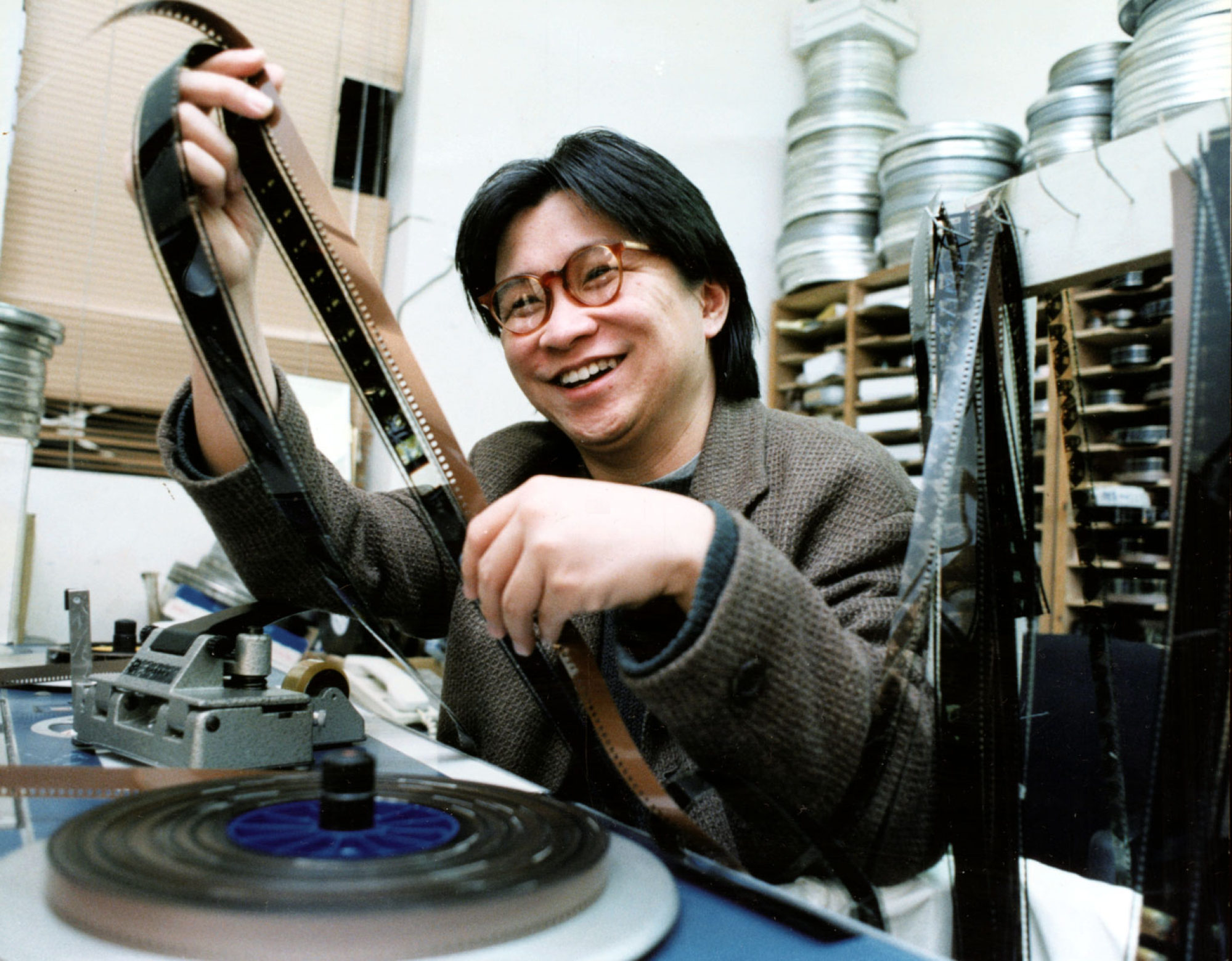
The late action maestro Benny Chan Muk-sing on having a large team:
“I prefer shooting action scenes [to dramatic scenes] as you have got a lot of people to share your burden.
“It allows you more time to think – I am a very slow thinker!” he told the Post.
If there is too much drama in an action film, it may upset the action fans
“Ip Man” director Wilson Yip Wai-shun on establishing your own directorial style – or not:
“Style is just a signboard that you hang up. I don’t worry about establishing a style for my movies.
“If you put my movies together, there will definitely be something that proves they all come out of me.
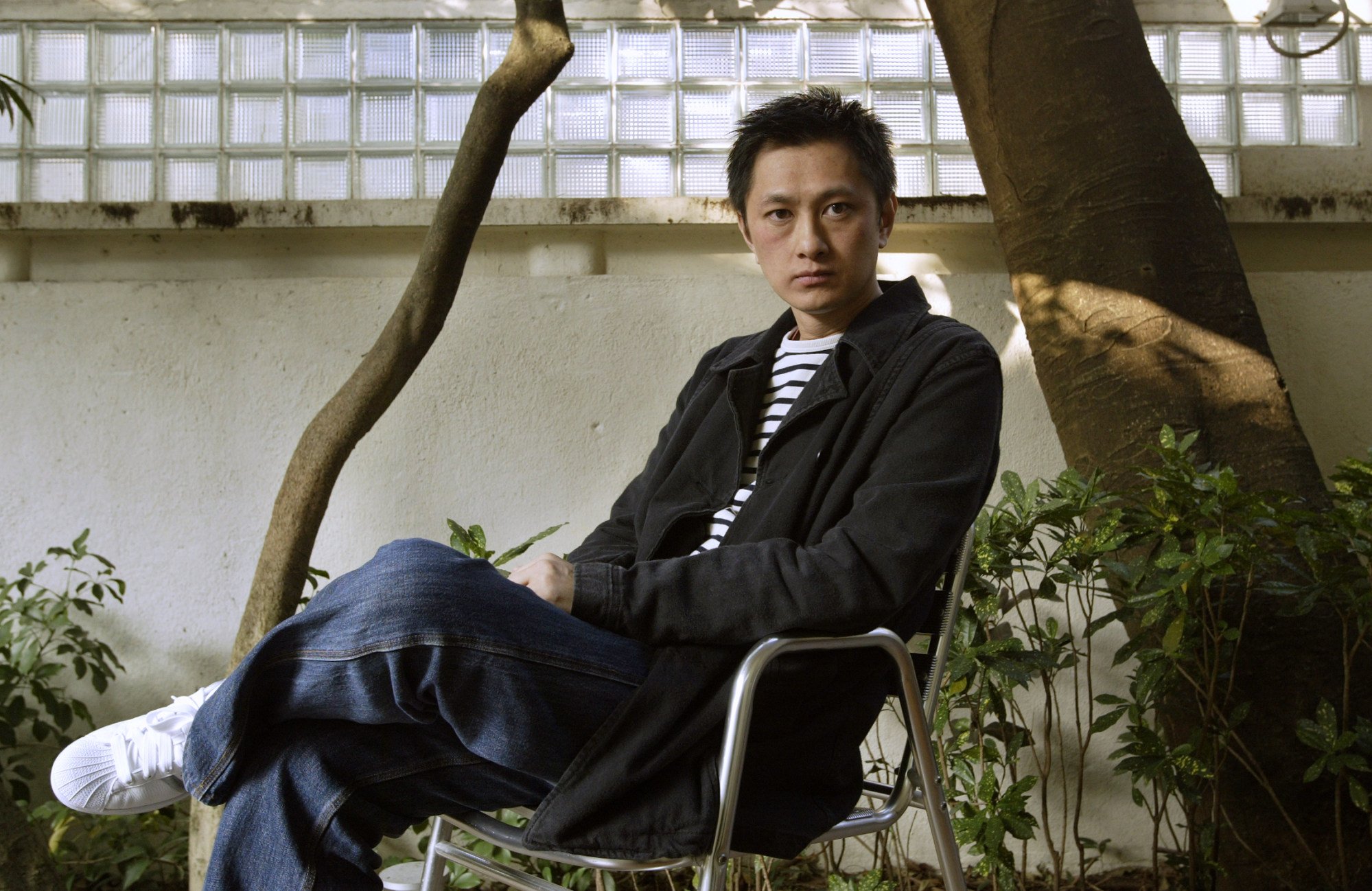
“But I don’t think it’s good to focus on the things that are shaping my style. Slow motion is, of course, John Woo’s style, but I feel that in his later works, he uses slow motion for the sake of it. Is that good?”
The legendary King Hu discussing how to plan a martial arts shoot:

“But the most important goal was to prepare safety measures for when the actors performed especially dangerous moves. Finally, we determined in advance which moves would require stunt doubles.”
Martial arts fan Wong Kar-wai on using the action to tell a story:
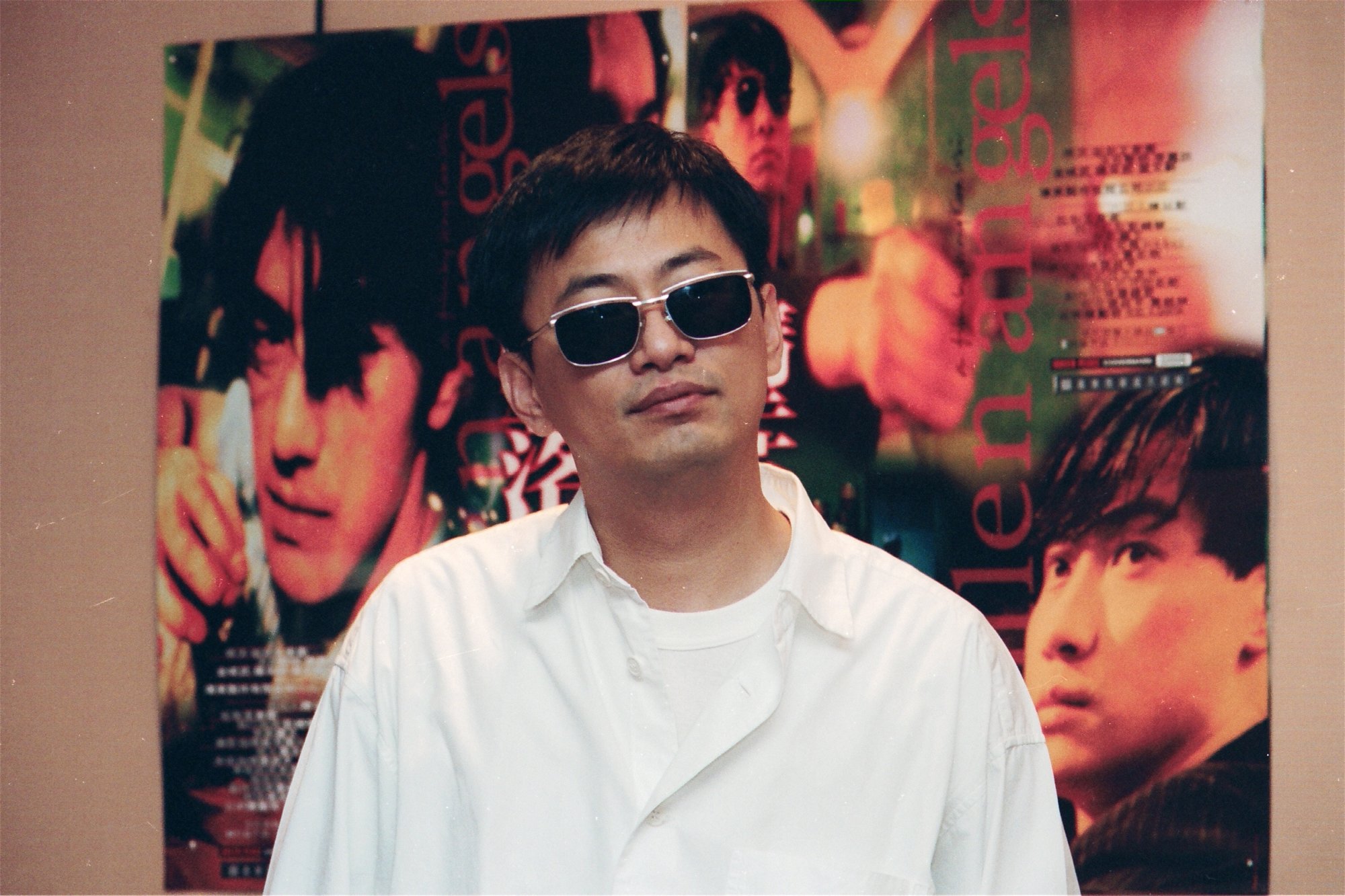
Benny Chan on keeping the focus on the action:
“It’s difficult to strike a balance [between action and drama]. If there is too much drama in an action film, it may upset the action fans.”

Famed choreographer Yuen Woo-ping on how to train the actors:
“In Hong Kong, if the movie stars are experienced, they all know a little bit of kung fu, so they just rehearse on the set during the shoot. They can shoot right away.
“Here in the US, the Western actors don’t know kung fu so they have to rehearse, maybe three months ahead,” Yuen told martial-arts film director, producer and screenwriter Martha Burr.
“[In the US], I have six assistants from Hong Kong to help. The six assistants do the basic training and then I do the main movements for the film.
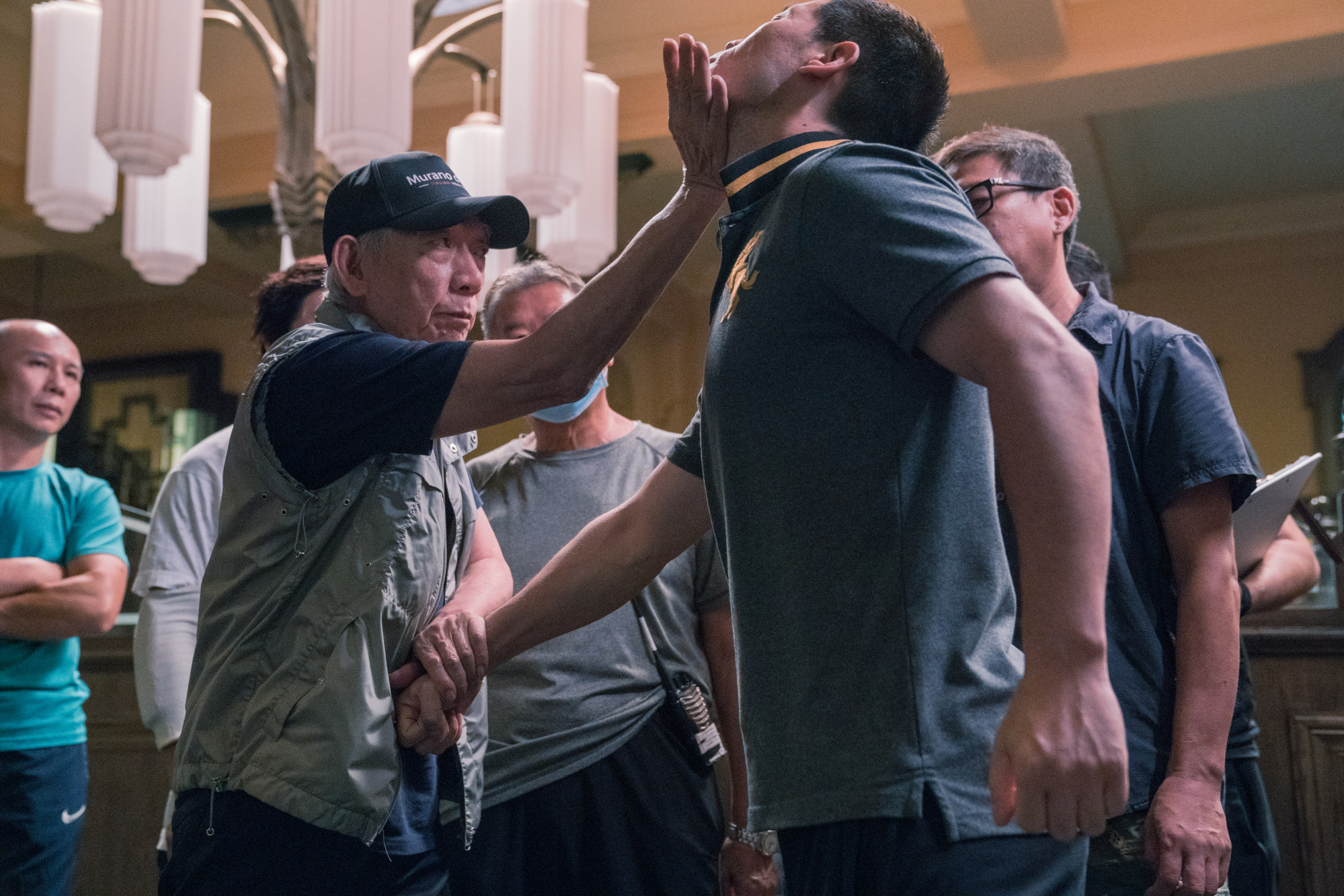
“I will observe the actor to get an idea of how far he or she can go, and then design the action specifically for him or her. We get an idea of each person’s ability, and then we decide.”
“A Man Called Hero” director Andrew Lau Wai-keung on the proper use of special effects:
“We still place priority on the script first and then incorporate the special effects into the story. We have never wavered from that, but we have to consider that sometimes the audience likes to see certain things.
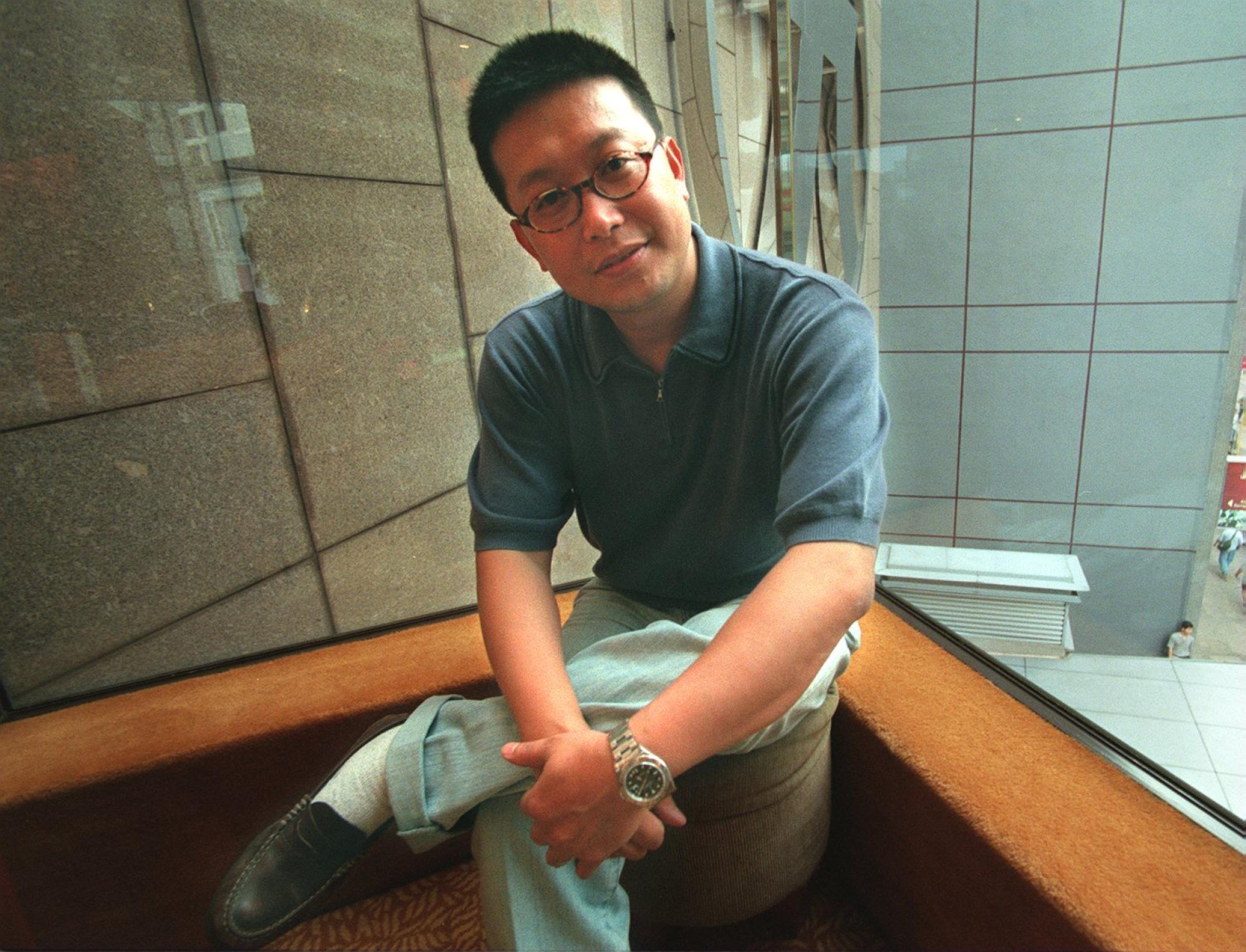
“A lot of factors play a part – the lighting and the art direction, for example. We don’t tell ourselves we have to have ‘X’ number of effects; it’s actually a combination of all the factors working together.”
Versatile director Gordon Chan Kar-seung on how to work with – or not work with – martial arts choreographers:
“I have to use a martial arts choreographer for the fight scenes, but I always work closely with him.
“In Hong Kong, when the martial arts choreographers take over, the real directors leave. There is a lot of pressure to do that, but I always stay. I don’t do the choreography, but I try and set the tone of the scene.

“But they just kept on shooting fight after fight, saying that we needed more to satisfy the audience. I said that I was there to tell a good story, and that would satisfy the viewers, but the choreographers were not convinced.”
Ang Lee on the rigours of making a martial arts movie:

“Near the end, I could hardly breathe. I thought I was going to have a stroke. It was bad.
“Six months later I am resting now, trying to get fit again. But since I’m middle-aged, I’ll probably never get back to normal.”
In this regular feature series on the best of Hong Kong cinema, we examine the legacy of classic films, re-evaluate the careers of its greatest stars, and revisit some of the lesser-known aspects of the beloved industry.
